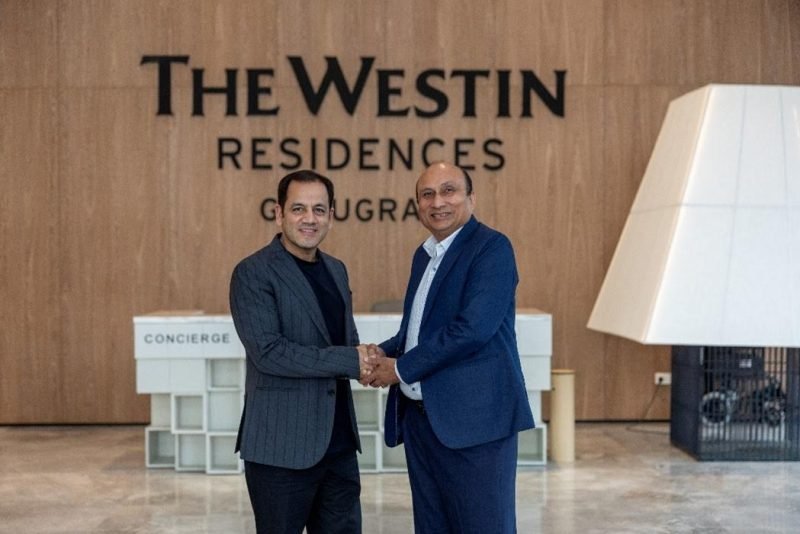It will remain focused on Bengaluru, Mumbai and Delhi NCR in India for residential real estate followed by Sri Lanka and the Maldives in international markets.
Tata Realty and Infrastructure Ltd (TRIL) plans to launch 9 million of residential real estate inventory aiming at a topline of Rs 11,000 crore in the next four years with a 70 percent focus on premium luxury projects followed by aspirational affordable and mid-segment, Sanjay Dutt, Managing Director and Chief Executive Officer at TRIL, told Moneycontrol.
He said the launches will be predominantly in cities like Bengaluru, Mumbai and Delhi NCR. The company also plans to launch a 36-villa project in the Maldives and has a mixed-use project in Sri Lanka under the planning stage.
Apart from launching new residential projects in Bengaluru, Mumbai and Delhi NCR, TRIL will also focus on launching further phases in the cities like Bhubaneshwar, Noida, Gurugram, Bahadurgarh and Bengaluru where it already has a presence. The average per-square-foot price for launches will be around Rs 12,000 whereas five years ago it was around Rs 6,000 to Rs 7,000 which went up to Rs 10,000 per sq ft.
Exiting cities at the right time
According to Dutt, while entering a market at the right time is important, exit also plays a very crucial role in the real estate business.
40 percent topline to be in Mumbai
“Out of the total Rs 11,000 crore topline in India for the next four years, around 40 percent will be in Mumbai. We will focus on segments like premium luxury, mid-segment and aspirational affordable. About 70 percent will be premium luxury and the balance 30 percent will be aspirational affordable and mid-segment,” said Dutt.
In Mumbai, the company will soon launch two residential projects in Mulund and Andheri micro-markets, of which Mulund is a redevelopment and Andheri is a greenfield project. In the Thane project, a new phase will be launched.
International markets
The company plans to remain focused on two countries — Sri Lanka and Maldives which are strategically located near the southern tip of India.
“We mostly did social housing, but now we are doing a luxury project in Male city of Maldives. We have a 2.5 million sq ft mixed-use project in Colombo which is under planning, and all together three million sq ft for international goals. We are also planning a low-rise 36-luxury villa project in the Maldives. We plan to develop and exit these international markets timely,” Dutt added.
Commercial goals and new businesses
The company’s immediate focus is office parks of 10 million sq ft, and exploring new businesses like warehousing and logistics but at a later stage, and not in the short term. “We are more keen on B2B businesses. Our commercial construction will be in Delhi NCR, Mumbai, Pune, Bengaluru, Hyderabad and Chennai, and residential focus as I said will remain on Delhi NCR, Mumbai and Bengaluru,” Dutt said.
He added, “When it comes to plotted development we are already in the space and active. We have one development in Bengaluru for around 140 acres, wherein the first phase is around 13-14 acres. This year we will launch the second phase of it, and this is part of our Rs 11,000 crore topline. We will also explore Real Estate Investment Trusts (REITs) at a certain stage, but not currently.”
Overall, the company has built 7.5 million sq ft of commercial real estate, 2.5 million sq ft is under construction and there is potential of 9 million sq ft going forward.
Challenges in real estate
According to Dutt, challenges in real estate and land acquisition are acquiring buffer areas of defence land, getting environment clearances, and ad hoc rules and regulations followed by coastal zoning. Further, the time taken to approval has gone up and so has the construction cost risen by 15 percent.
“Digitalisation of land records has helped to keep records in a better manner but still there are many clearances involved. In cities like Delhi, Gurugram, Bengaluru, a lot of tall buildings are coming up, and several approvals like those of wind tunnel testing have also gone up,” Dutt added.
Source : Money control




